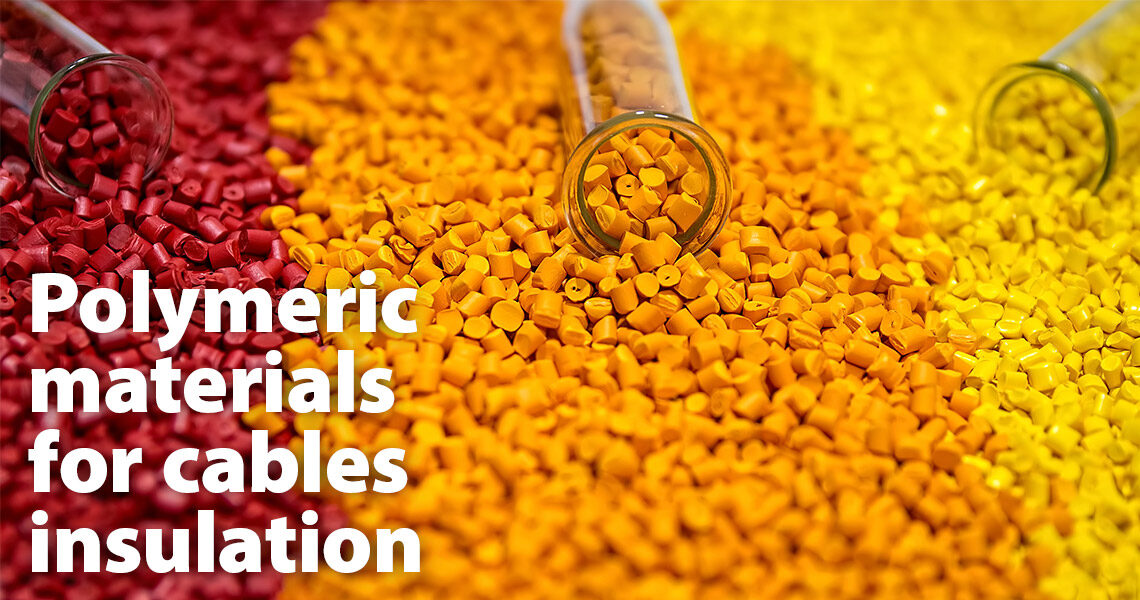- Family: Thermosetting (Cross-linked elastomeric insulating compound)
- Use: High temperature insulation and sheath, light duty
General characteristics
Silicone rubber is a polyorganosiloxane. Unlike most other rubber materials, which are based on carbon, silicone rubber is based on silicon which imparts some unique properties, the main one being a wide operating temperature range. Silicone rubbers remain flexible down to sub-zero temperatures and can operate at 150oC or even 180oC depending upon the application. The material is also resistant to ozone and has good electrical properties. Silicone rubbers are classed as halogen-free.
Compared to other rubbers, Silicone rubbers have a low mechanical strength with little resistance to abrasion unless specially compounded. It is, however, usual to provide a glass braid over the insulation to provide a degree of mechanical protection. Silicone rubbers can also be attacked by oils, fuel oil and solvents.
Processing
Raw silicone gum is usually compounded with carefully selected reinforcing fillers, such as silica, processing aids, colouring pigments and vulcanizing agents using standard rubber industry practice. However, due to potential problems caused by cross-contamination between silica and carbon-based rubbers, most companies buy readymade compounds from specialist suppliers or have dedicated silicone rubber compounding lines.
Silicone rubber is usually not as highly filled for general-purpose applications, reinforcing fillers for silicone being mainly silica which, along with the base silicon gum, is expensive.
Silicone rubbers are applied by conventional single screw extruders and then subject to a cross-linking process using live steam or infrared curing, which can also be used.
Post-curing of the cable gives improved heat-resistant properties
Uses of material/Cable types
Silicone rubber insulated cables find extensive use in high-temperature applications such as enclosed lamps, lighting fittings and appliances; they are also used as internal wiring in high ambient temperature industrial processes and other protected locations. Silicone rubber cables are now also used on the latest generation of Railway Rolling Stock.
Silicone rubber is mainly used as insulation on low-voltage flexible cables H05SJ-K, H05S-U, H05S-K and SIF, but it can also be compounded as a covering or sheath on H05SS-K. It also makes an excellent insulation for high-temperature locations on board ships and offshore installation, as well as high-temperature insulation for railway rolling stock cables, and any application where heat resistance and flexibility are required.
Silicone rubber insulations are rated for operation at a continuous conductor temperature 150oC or even 180oC; they also have useful low-temperature properties and can be specially compounded to operate at -70oC, although -50oC is more normal.
Its use for sheathing purposes to provide mechanical protection is limited.
Where good fire performance is desired or required, there are alternative fire performance grades available.
Standards
Silicone rubber is included or referenced in the following standards:
- IEC 60092 – series
- IEC 60245 – series
- BS EN 50382
- BS EN 50525 – series
- BS EN 50636
- BS 7655
- Def Stan 02-527
List of Polymeric materials for cables used:
- Chlorinated Polyethylene – CPE
- Chloro Sulphonated Polyethylene – CSP
- Crossed Linked Polyethylene – XLPE
- Ethylene Propylene Rubber – EPR and EPDM
- Fire performance Silicone Rubber
- General Purpose Silicone Rubber
- LSZH Cross linked
- LSZH Thermoplastic
- Nylon
- Polyethylene
- Polyethylene – PE
- Polyvinyl Chloride – PVC Insulation
- Polyvinyl Chloride (PVC) Sheath
- PVC Nitrile










